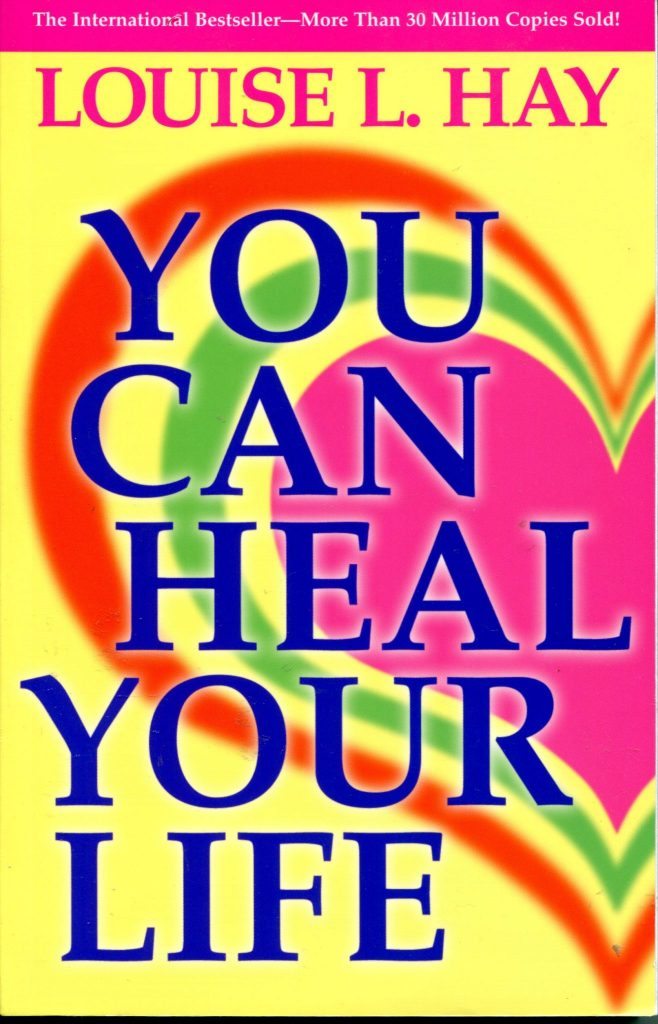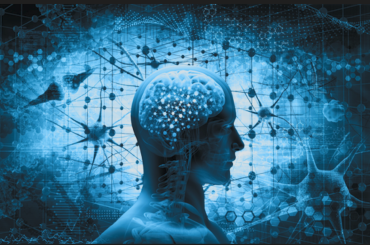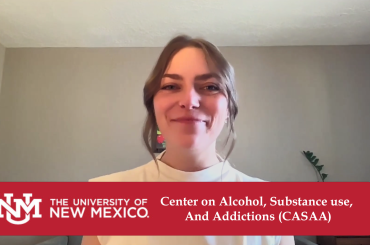The first ever self-help book to find its way to me was “You Can Heal Your Life” by Louise L. Hay. It was 1993 – I was 18 years old. Already deeply rooted in addictive behaviour, I had started to realise that my life was not normal and was suffering a lot with emotional issues.
I started reading about alternative ways to help myself and found a Reiki practitioner – something that was new to me. While discussing my health issues with her, she used the book “You Can Heal Your Life”, to find out the negative thinking patterns relating to the onset of type 1 diabetes, which I’d had since I was 7.
In the book published on 1st January 1984, Louise L. Hay talks about her own life and the situations that led her to adopt certain negative thinking and belief patterns. Subsequently serious health problems manifested in her body, cancer being one of them. Within six months of her cancer diagnosis, through an intensive program of affirmations, visualization, nutritional cleansing, and psychotherapy, she was completely cancer free.
She includes a directory of ailments and emotional causes for each, with a corresponding affirmation to help overcome the illness.
For example, the emotional conditions and thinking behind diabetes is listed as a longing for what might have been. A great need to control. Deep sorrow. No sweetness left. The corresponding affirmation is “This moment is filled with joy. I now choose to experience the sweetness of today.”
I practiced this affirmation for quite some time, and the results were that my diabetic control was the best it’s ever been. It became a regular mantra and I found myself repeating it just walking down the street. I got out of the habit of repeating this affirmation and writing this serves as a reminder to begin again.
Another one that some of you will be interested in is alcoholism or alcohol abuse. Hay states that this stems from a feeling of futility, guilt, inadequacy and self-rejection. The corresponding affirmation is “I live in the now. Each moment is new. I choose to see my self-worth. I love and approve of myself.”
The basic message in this book is that each person is responsible for their own reality. At least we are when we become adults. She also coined the idea of “dis-ease” in the body as opposed to disease – a concept I hold dear to this day. Just that idea, of the body not being at ease immediately makes me want to comfort myself when I’m not well. For me the word disease is rather jarring and violent and sends me into a panic – as if my body is attacking me. Just that simple switch in perception encourages nurturing.
Hay believes we make ourselves ill through ingrained self-defeating thought patterns. These are thoughts and beliefs we may not even realise we have. Therefore, we can improve our physical and emotional health by adopting new thought patterns. Louise believes that the most fundamental way to affect positive change in the body is to change the way we think.
I agree with that wholeheartedly and it wasn’t until I discovered this book that I learned any of that. Thinking patters are discussed all the time when it comes to recovery from addiction of any kind. It makes sense to me that our thinking also has to affect us in regards to illness in our bodies.
This book opened up a new realm of healing to me and encouraged me to seek out alternative options. Despite delving deeper and deeper into addiction and mental illness, I held onto what I learned in that book and its teachings helped me greatly when I was finally willing to get well. I have bought several copies of this book through the years, and lent them to friends – I never got any of them back!








1 Comment
I downloaded this book a while ago. I also have heal your body which is just a table of symptoms/problems and affirmations that deal with the root emotional cause. I will look at it again and try some along with the heal your life book. Thanks